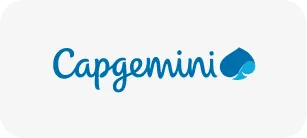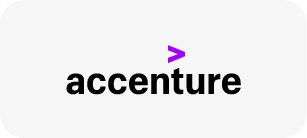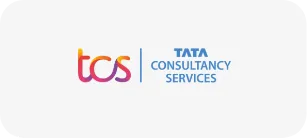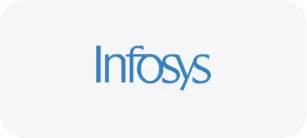Course Highlights
About the Program
Capgemini, a global leader in consulting, technology services, and digital transformation, is committed to enabling inclusive growth and sustainable development through its Corporate Social Responsibility (CSR) initiatives. Headquartered in Paris and operating in over 50 countries, Capgemini helps organizations embrace the power of technology to meet their business goals—with a strong focus on innovation, sustainability, and social impact.
SAP (Systems, Applications, and Products) is a renowned German multinational software company, best known for its ERP solutions and business applications that support organizations worldwide.
As part of its CSR mandate, Capgemini along with SAP is transforming lives through its flagship skilling initiatives focused on preparing underserved youth for in-demand roles across three critical domains that are Tech, Semi-Tech, and BFSI by empowering communities through digital inclusion, education, and employability-focused programs
In collaboration with Anirban Rural Welfare Society (ARWS) - a grassroots NGO dedicated to community development, Capgemini is scaling its impact across India. Established in 2000, ARWS is known for its people-centered approach, with a team of professionals including educators, doctors, social workers, and domain experts who guide marginalized youth toward education and economic independence through initiatives like Digital Academy and School of Coding.
Capgemini, in collaboration with SAP, sponsors the Certification in Software Developer Program through its knowledge partner, EduBridge. The course curriculum covers the complete software development lifecycle, including programming fundamentals in Java or Python, robust backend development, dynamic frontend interfaces, API integration using Swagger, cloud deployment, and DevOps practices. Participants will gain in-depth knowledge of software engineering principles, design patterns, testing techniques, and microservices architecture. Through hands-on experience with industry-standard tools such as Spring Boot, Django, React.js, Docker, Git, Jenkins, and cloud platforms like AWS, Azure, and GCP, learners will build real-world projects—preparing them for high-demand roles such as Software Developer, Full Stack Developer, or Cloud Application Developer.
In addition to technical training, the program also includes Guest lectures by industry experts provide valuable industry insights, while dedicated sessions on resume writing and mock interviews ensure learners are fully prepared for job placements.
This course will,
- Learn SAP system basics and ABAP programming environment.
- Understand data types, structures, internal tables, and SQL.
- Develop reports using classical and ALV reporting techniques.
- Design and implement print forms using Smart Forms and SAP Scripts.
- Optimize performance using CDS views, AMDP, and HANA features.
We hope that you will gain the required knowledge from this program and demonstrate the skills learnt.
All the best!
Programming Languages and Tools Covered



















Certification Program in SAP ABAP HANA course Minimum Eligibility



















This module introduces learners to the EduBridge For Employment program, a CSR initiative by Capgemini, SAP, ARWS, and EduBridge. It covers the training process, support teams, certification, and placement help. Learners will also learn how to connect with industry experts and share their success stories.
Learn what SAP is, how it works, and get started with basic ABAP programming. Understand system navigation, key SAP modules, and how to use transactions and tables.
Learn the fundamentals of SAP ABAP programming, including data types, control statements, string operations, and internal tables. Gain hands-on skills in coding, data handling, and creating user input screens for efficient program execution in SAP HANA.
Learn the essentials of SAP ABAP Data Dictionary, including creating tables, views, data elements, and domains. Gain skills in managing foreign keys, indexes, and table maintenance for efficient data management in SAP HANA.
Master SAP ABAP internal table operations, including creating, reading, modifying, sorting, and deleting data. Learn efficient techniques for indexing, key handling, looping, and optimizing performance in SAP HANA programs.
Learn advanced SAP ABAP programming concepts including classical and interactive reports, Open SQL joins, performance optimization, and database operations. Gain hands-on skills with control break statements, field symbols, and report variants for efficient ABAP development in SAP HANA.
Module Pool programming in SAP ABAP is a technique used to create custom interactive applications with user-defined screens and logic. It enables developers to design complex transactions involving multiple screens and dynamic user interactions.
OOP is a programming paradigm that structures software around objects, which encapsulate both data (attributes) and behavior (methods), enabling more modular, maintainable, and scalable code
ALV (ABAP List Viewer) uses function module-based APIs to produce interactive, structured reports with features like sorting and filtering OO-ALV leverages object-oriented ABAP classes (such as CL_GUI_ALV_GRID, CL_SALV_TABLE, etc.) for greater flexibility—enabling multiple ALV containers, richer event handling, and customized UIs
File handling is the process by which a program interacts with files—such as creating, opening, reading, writing, and closing them—to enable persistent storage of data beyond a program’s runtime
Implicit Conversion (Type Coercion) is when a programming language automatically converts a value from one data type to another—like an integer becoming a float during an arithmetic operation—without user intervention
Enhancement refers to improvements such as more accurate reasoning, reduced hallucinations, and stronger performance across tasks like coding, writing, and health support. Modification highlights user-facing personalization features—like customizable personalities, accent colors, memory toggles, and selectable response modes (Auto, Fast, Thinking)—giving users more control over
Smart Forms utilize AI—such as ChatGPT—to dynamically enhance form experiences by auto-filling fields, summarizing responses, drafting follow-up actions, or delivering contextual AI-generated content directly inside the form
Adobe Acrobat Forms enable creation of interactive PDF forms—either by converting existing documents or building from scratch—featuring fields like text boxes, drop-downs, checkboxes, and options such as automatic data validation and submission via the web or email Adobe Experience Manager (AEM) Forms take things further with adaptive, mobile-responsive digital forms that support features like pre-fill via backend integration, dynamic content based on user inputs, analytics dashboards, automated workflows, and e-signature support
An Enhancement Framework is a modular design approach—commonly used in systems like SAP—that allows developers to extend or customize standard application functionality via hooks such as enhancement points or BAdIs, without altering the core codebase, thereby simplifying upgrades and preserving system integrity
Performance tuning is the systematic process of diagnosing and resolving performance bottlenecks—through measuring baseline metrics, identifying system slow points, applying optimizations like code improvements, caching, load balancing, and reconfigurations, and then validating the gains—thus enhancing scalability and responsiveness
In networking, the term "transport" refers to the transport layer, responsible for reliable host-to-host data delivery and for providing communication between applications, typically implemented via protocols such as TCP (connection-oriented) and UDP (connectionless)
SAP HANA (High-Performance Analytic Appliance) is a powerful in-memory, column-oriented relational database platform designed to run both transactional (OLTP) and analytical (OLAP) workloads in a single system for near-zero latency and real-time insights
Transitioning ABAP systems to SAP HANA means migrating both the database and applications to HANA—commonly via SAP’s Database Migration Option (DMO) in Software Update Manager for a streamlined system conversion—or alternatively through classical heterogeneous migration or landscape transformation approaches
SAP HANA Studio is an Eclipse-based, all-in-one IDE and administration tool tailored for native HANA development—covering tasks like data modeling, SQL and Java scripting, system administration, and performance monitoring through a graphical interface
In the code-to-data paradigm for SAP HANA, such Native SQL (together with ADBC and AMDP) enables computation and filtering to occur directly in the HANA database layer—minimizing data transfer and leveraging in-memory performance, though increasingly new development favors ADBC and AMDP over traditional embedded statements
Database-independent code-to-data in ABAP refers to using Open SQL, a standardized, platform-agnostic interface via the ABAP Dictionary, allowing the same ABAP statements to run seamlessly on multiple underlying databases without modification. This abstraction is managed by the ABAP Database Interface, ensuring consistent data access across systems like HANA, Oracle, DB2, or SQL Server
OData (Open Data Protocol) is a standardized, REST-based web protocol—built on HTTP, AtomPub, and JSON/XML—that enables predictable querying and manipulation of resources using URLs and standard HTTP methods like GET, POST, PUT, and DELETE
Core Data Services (CDS) is a SAP-provided framework for defining semantically rich data models declaratively at the database level, using a domain-specific data definition language.
ALV with IDA (SAP List Viewer with Integrated Data Access) is a modern SAP ABAP reporting tool that displays very large datasets efficiently by leveraging database-side processing and fetching only the data needed for the current screen
ABAP Managed Database Procedures are methods defined in global ABAP classes that wrap native database logic (e.g. SAP HANA SQLScript), letting you create, modify, and call stored procedures directly from ABAP.
ABAP New Syntax brings modern programming constructs—inline data declarations, functional operators (VALUE, FILTER, REDUCE, COND), table expressions, string templates—that make ABAP code more concise, readable and less error-prone.
Enrollment Benefits

- Get access to 300+ hours of hands-on training from experienced industry trainers who bring real-world knowledge into every session.
- Complement your classroom sessions with 100+ hours of guided self-study, interactive quizzes, and coding challenges that reinforce your understanding.
- Reinforce learning by working through industry-simulated coding labs and case studies under expert guidance.
- Receive individual, constructive feedback on your submissions to improve code efficiency, logic, and industry best practices.
- Get expert-led interview preparation, participate in mock interviews, and gain free access to a professional resume builder to polish your job application.

- Master both frontend and backend technologies. Build and deploy fully functional web applications.
- Work with Spring Boot 3.0, Spring Core, Spring MVC, Spring Data JPA, and RESTful web services.
- JavaScript, TypeScript, and Angular /React for dynamic UI and SPAs
- Git and GitHub for source code management and collaborative development.

- Web Developer
- Mobile App Developer
- Cloud & DevOps Engineer
- Software Engineer
- Software Analyst
- Systems Engineer
- Programmer
- Developer
- Program Analyst
- Backend Developer
Uncover the top skills taught in our comprehensive course
We are so proud of our learners who work in some
of the top companies in India.
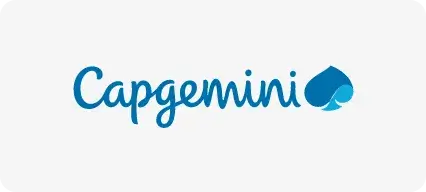
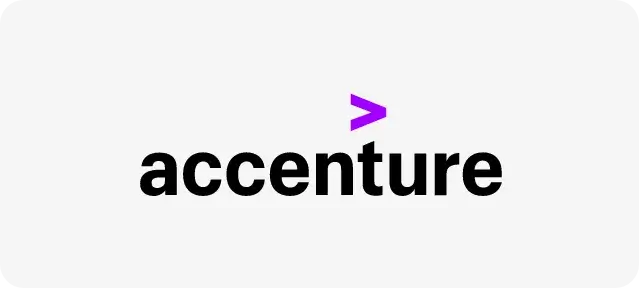
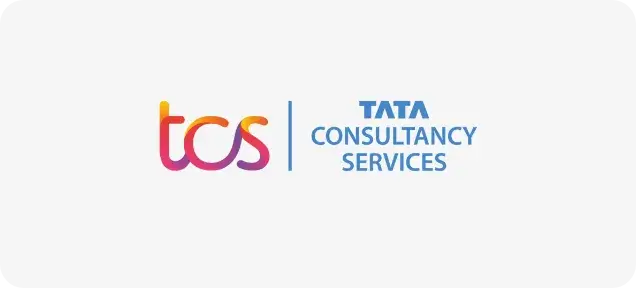

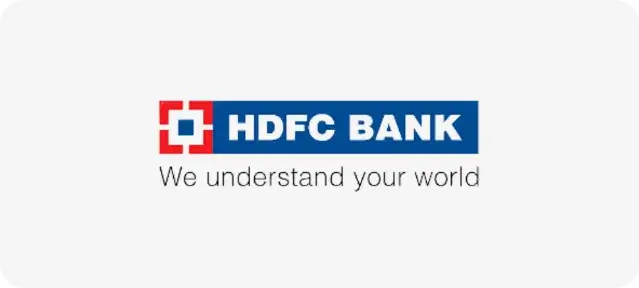

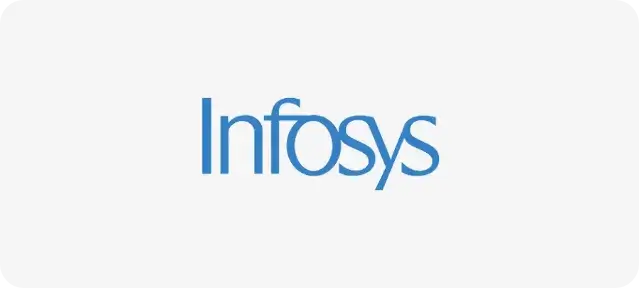

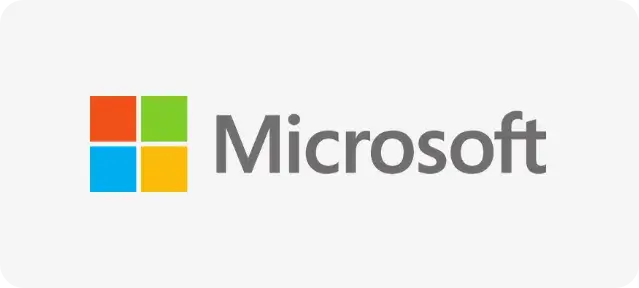
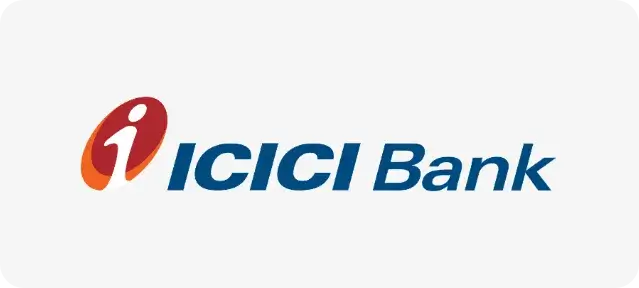
Frequently Asked Questions
The demand for Full Stack Java Developers is extremely high. Companies hiring Java professionals are receiving ample benefits as they can create applications from scratch and remain proactive during the entire development journey. Their demand has significantly increased compared to separate Front-end and Back-end Developers. The role was an In-Demand Tech Job in 2019 will continue to be sought after for a long time to come as over 90% of the Fortune 500 companies still rely on Java for their development projects.
Yes, the Java Full Stack Development course includes a range of assignments and projects designed to reinforce your learning and practical skills. You'll work on hands-on assignments after every module to apply the concepts you've learned and build a strong foundation. One of the highlights is a comprehensive project where you'll create a web application similar to those developed by top brands. This project will encompass frontend and backend development using Java technologies, HTML5, CSS, Bootstrap, modern JavaScript (ES6 and TypeScript), servlets, JSP, JPA with Hibernate, and RESTful Web Services with Spring. You'll also integrate tools like Docker for deployment and implement design patterns for efficient development. Furthermore, regular assessments after each module will ensure that you grasp the material effectively and provide an opportunity to track your progress. These assessments will contribute to a deeper understanding of the topics and your readiness to tackle real-world challenges.
After completing the course, you will acquire versatile skill set that qualifies you for various job roles in web development field. You can acquire skills like python Programming, Web Development Basics, Database Management, Django Framework, Rest API Development, Version control using GitHub,Testing and debugging, best practices to secure web applications and project management. Yes. There are assignments after every major concept along with few lab activities that are done during the session. The assignment problems must be done as a coding practice after the session. This course also includes two mini projects - one which deals with the front end and another with python database connectivity. Towards the end, you'll be working on a capstone project which is a real time full stack web application that will help you to get hands-on experience.
Unfortunately, we do not provide refunds. However, you can speak to our support team and discuss your issues.
Yes. The course offers real time Coding problems and projects that will help the learners get a better understanding and hands-on-experience of the programming language.
Assessments are visible to you in the 'My Courses' section. Your Trainer will activate this post completion of the sessions. Once the Assessments are activated, you will get a notification on your 'My Calendar' option about the same.
To become a Full Stack Java Developer with no prior experience, one needs to gain proficiency in programming languages like JavaScript, Java, PHP, Ruby, and Python. Additionally, Full Stack Java Developers must gain a thorough understanding of relational Databases and Database Storage, and a basic knowledge of UI/UX Prototyping and Designing tools.
You can connect with the Support Team in the following ways : - By raising a Ticket from your Login Page via clicking the Help option. - Write to us on wecare@edubridgeindia.com, or call us on 18001201193. - Connect via chat or WhatsApp on our website.
Click on "Sign Up" at the top right corner of the homepage Enter the details asked there. Click on "Create My Account"
If you have any doubts or difficulties in learning, you can directly reach out to our live support, WeCare, available during daytime hours. You can also post your questions on ‘Webex Space,’ where our experts will promptly address them. Additionally, doubt-clearing sessions will be conducted on weekends (Saturdays) by Subject Matter Experts (SMEs). For immediate assistance, you can also reach out to trainers during the live sessions.
If you can't Login to your EduBridge Account: - Double-check your email address/ registered Mobile Number for any misspellings or incorrect characters. It must match exactly what you typed in when you created your Account. - If that doesn't work, try resetting your password.
- Click on "Go to My Account" - Click on "Go to My Profile" - You will be able to review your Profile.
No prior knowledge about Java is required. Everything is taught from scratch in this course.
We follow a blended training approach here at EduBridge. There will be a mix of live trainer-led sessions, some videos with voiceovers and pre-recorded videos that are learn-by-yourself mode.
The key features of our course include trainer-led sessions for complex topics and queries, interactive content, videos, and quizzes, case studies and projects, resume building and LinkedIn profile creation, guest lectures from industry experts, oral assessments and project presentations, weekend doubt-clearing sessions with SMEs, and comprehensive placement assistance and counseling.
In order to enroll for and take an IT Course, you need to have the following system requirements: Platform - Windows 8 or higher with the latest updates installed - RAM: 4GB or more - Video: Graphics Output Capability - Sound: Sound Output Capability - Intel i3 Processor or higher or similar output Processor from AMD.
















